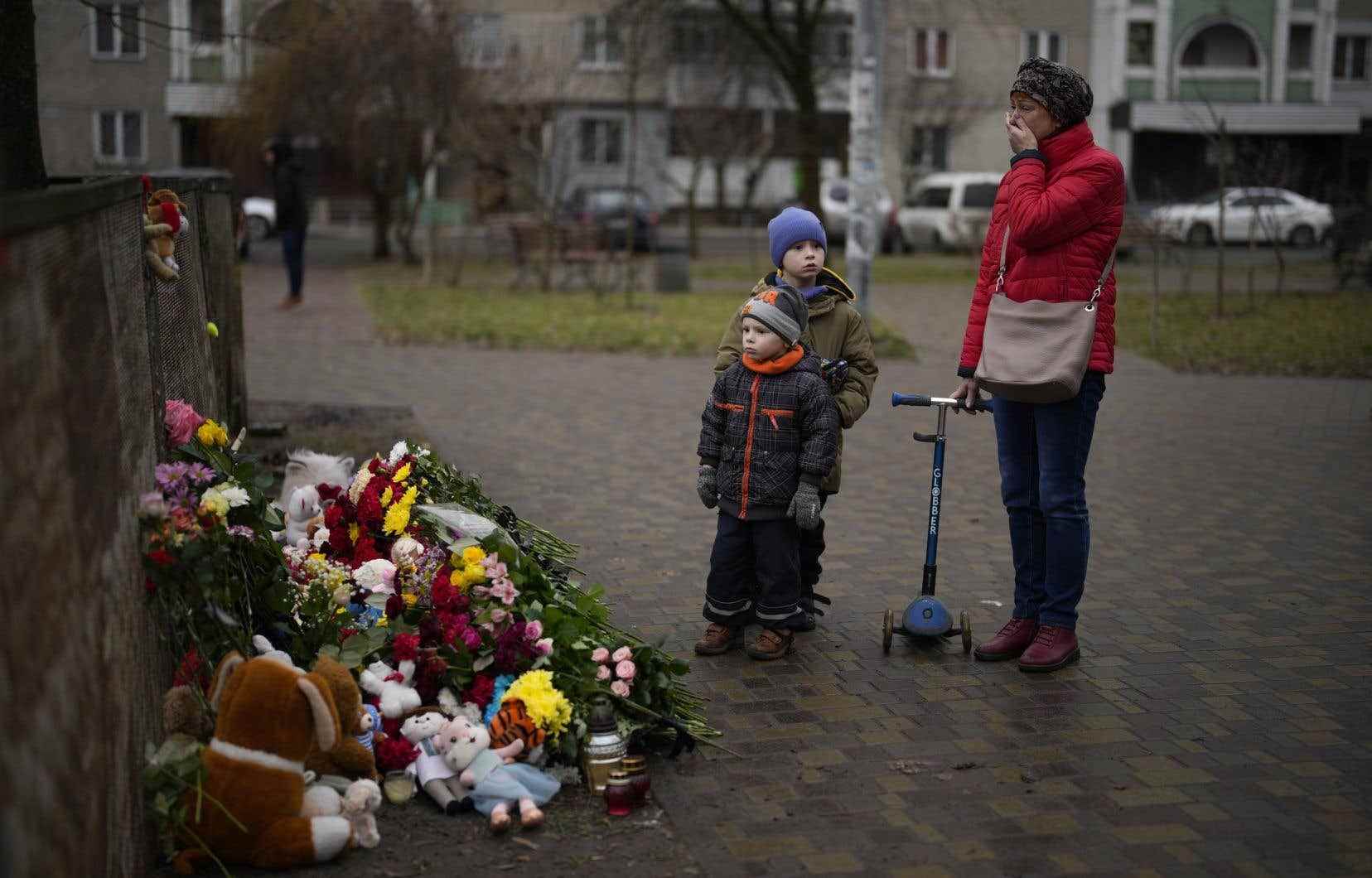In nearly a year of clashes, the war in Ukraine has left nearly 180,000 dead or injured in the ranks of the Russian army, and 100,000 on the Ukrainian side, not counting 30,000 civilians killed, according to estimates given on Sunday by the chief of the Norwegian army.
“Russian losses are beginning to approach around 180,000 dead or wounded soldiers,” said Norwegian Chief of Staff Eirik Kristoffersen in an interview with TV2, without specifying the origin of these figures.
Norway, a country bordering Russia, has been a member of NATO since its founding in 1949.
“Ukrainian casualties are probably over 100,000 dead or wounded. Moreover, Ukraine has about 30,000 civilians who died in this terrible war,” added the Norwegian general.
Russia and Ukraine have not given reliable accounts of their losses for months.
In November, US Army Chief Mark Milley claimed that the Russian army had suffered losses of more than 100,000 dead or wounded, with a “probably” similar toll on the Ukrainian side.
These figures cannot be independently verified.
Despite its heavy losses, “Russia is able to continue [cette guerre] for quite a while,” the Norwegian Chief of Staff also said on Sunday, citing Moscow’s mobilization and arms production capabilities.
“What worries most is whether Ukraine is going to be able to keep the Russian air force out of the war”, when it has so far been able to be largely kept out ” thanks to Ukrainian anti-aircraft defences”.
The bulk of Russian strikes in recent months have been carried out by long-range missiles.
The Norwegian general also called for the rapid delivery of combat tanks to Ukraine, a file that has so far been held back mainly by Germany.
“If they have to go on the offensive during the winter, they need it quickly,” Eirik Kristoffersen told TV2.
Despite urgent appeals from Ukraine and several European countries, Berlin refused on Friday to supply its Leopard tanks to kyiv.
These heavy tanks are present in the ranks of several other European nations, including Norway, but their delivery to Ukraine is in theory subject to the German green light.
